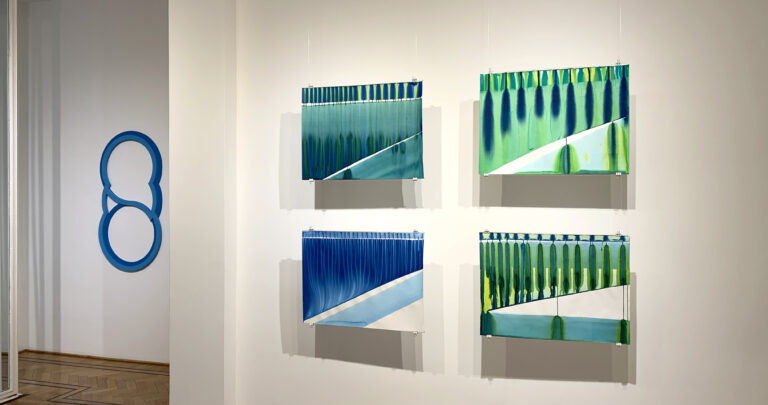curatorial text
Fernando Davis
LA PITTURA È FINITA
Poses and impostures of Alberto Greco in Italy
Unpublished photographs by Claudio Abate
©Archivio Claudio Abate
Alberto Greco travels to Italy, probably in July 1962. In Genoa, he published his Manifesto Dito dell Arte Vivo in titalian, dated July 24 and printed on posters that he pasted on the walls of the city:
“Living art is the adventure of the real. The artist will teach to see not with the painting but with the finger. He will teach to see again what happens in the street. Living art searches for the object but leaves the found object in its place, does not transform it, does not improve it, does not take it to the art gallery. Living art is contemplation and direct communication. It wants to end the premeditation that gallery and exhibition mean. We must get in direct contact with the living elements of our reality. Movement, time, people, conversations, smells, rumors, places and situations. Living art, Dito movement ”.
Greco had started his live art actions a few months earlier, in Paris. Exhibiting a poster with the text “Première Exposition Arte Vivo” Greco points out people and objects with a chalk circle and his signature, inaugurating a type of intervention that he will later extend in Rome, Madrid, Buenos Aires and New York.
During his time in Italy, Greco pushed the poetic program of the vivo dito to the limit, expanded it and transformed it into different forms of action. In Rome he meets the photographer Claudio Abate, who accompanies him on his tours to the historic center of the city, in which Greco walks with colored chalk, according to Francisco Rivas1, covering streets and walls with ephemeral graffiti: “ La pittura è finita. vivo-dito art by Alberto Greco. Live art and the adventure of the real”. At that time he refers to his friend Lila Mora: “I have written all the walls of Rome. Great scandal. I don’t know why I am considered a propaganda genius here”2. The street becomes a space for the inscription of a writing that is drawn and scrawled between the pose and the imposture of the body.
Abate photographs Greco in action, while he writes the words VIVO ART on the street, interrupting or diverting the traffic of cars, calling the attention of the people who walk through the place. In another photograph, he registers Greco standing, posing in front of a brick wall on which we read, in large letters: “Alberto Greco ma chi è? Un genio”. We do not see Greco during the development of the action, as in the previous photographs, but at the moment of its conclusion, in front of the wall that he has just written. It is possible to interpret this and other vivo ditos made by Greco in Rome, in dialogue with a previous action that took place in Buenos Aires, in November 1961. During this action, Greco covered some central walls with the slogans “Alberto Greco ¡¡Qué grande sos! !!” and “Alberto Greco. The most important informalist painter in America”, but not through the chalk line, but through the printing of typographic posters used in urban advertising.
In a later vivo dito, also recorded by Abate, Greco dresses as a nun, one year after his emblematic exhibition at Pizarro gallery in Buenos Aires, embodying the violation of the limits of the painting that he proposed in that exhibition.
On January 4, 1963, together with Carmelo Bene and Giuseppe Lenti, Greco premiered an experimental play, entitled Cristo 63, at the Laboratorio Theater, an independent room directed by Bene. Conceived as “Spettacolo Arte Vivo”, the work had to take place, according to Greco, “in the middle of the street or inside a tram or on the subway platform,… with all the adventure of the real, incorporating the unforeseen”. The public, for their part, could “act whenever they please and tell a story, if it is their own, much better”3. The work resorted to improvisation, with a structure not defined in advance, although it incorporated references to the passion of Christ and fragments taken from James Joyce’s Ulysses and Genet. The very night of its premiere, the police intervened, closing the play and closing the theater. Greco, who represented the apostle John, wore a blue-green velvet robe, which he got up at a certain point in the play and, according to some testimonies, urinated in the stalls, where the Argentine ambassador was. The graphic media recorded the scandal of Christ 63 and characterized the work as vulgar and blasphemous, with a “bizarre symbolism” typical of those characters that “psychopathology treatises define as exhibitionists”4.
After the hasty closure of Cristo 63, Greco must leave Italy. His next stop is Madrid.
1 Francisco Rivas, “Alberto Greco [1931-1965]. The novel of his life and the meaning of his death ”, Alberto Greco, Valencia, IVAM Center Julio González, 1992.
2 Cited by Francisco Rivas, ob. cit.
3 The quote belongs to Alberto Greco’s Great Vivo-Dito art manifesto-roll, made in Piedralaves in 1963.
4 Marta Marchetti, “Cristo ’63 by Carmelo Bene. Omaggio a Joyce”, Acting Archives Review, year VIII, nº 16, November 2018.
view more
exhibition






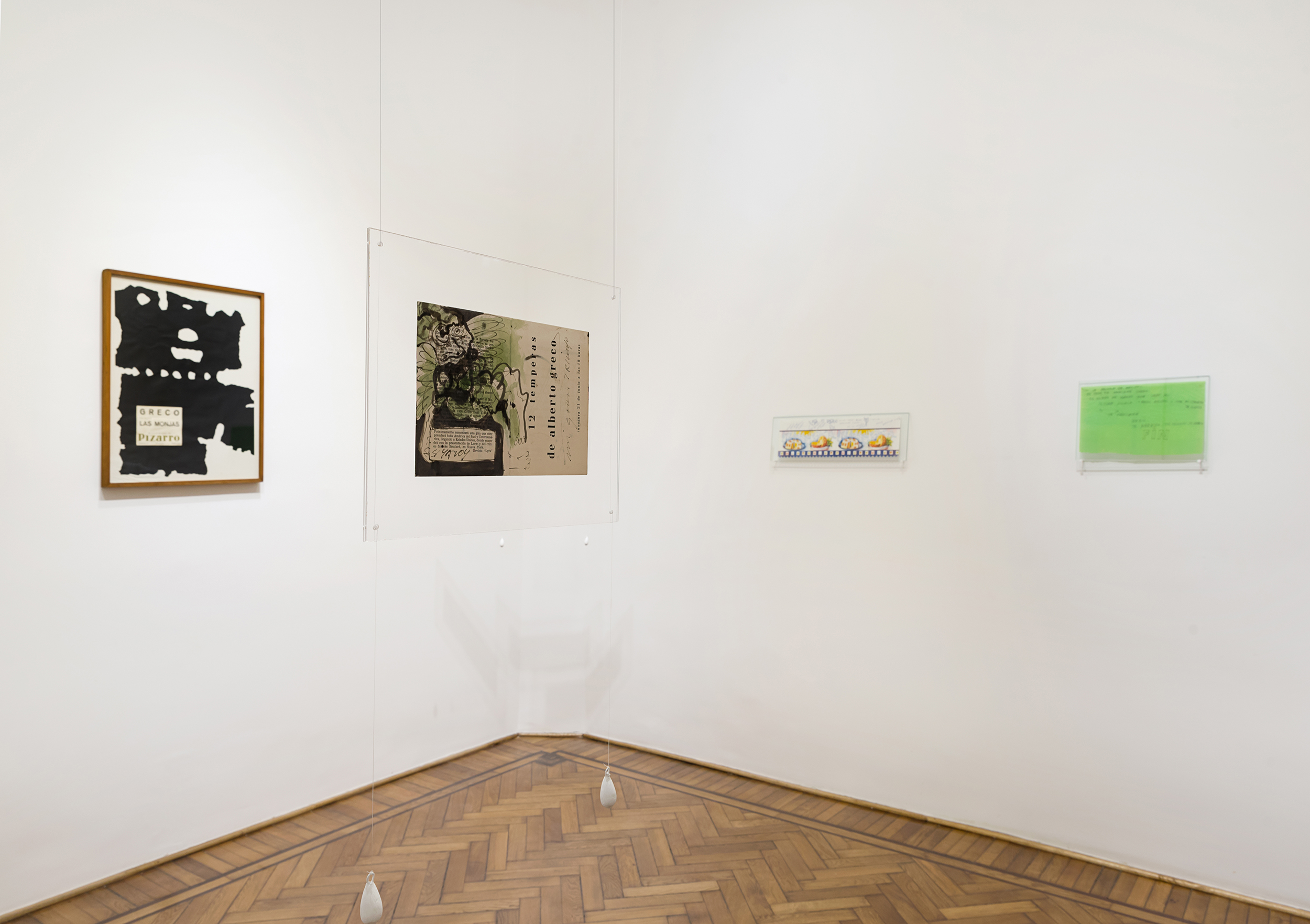

press
other exhibitions
Axel Straschnoy, Beto De Volder, Clorindo Testa, Emilio Pettoruti, Enio Iommi, Esteban Pastorino, Gyula Kosice, Manuel Espinosa, Marcela Cabutti, Matilde Marin, Rogelio Polesello, Romina Ressia, Romulo Macció · 12.12.2023 - 15.02.2024
Indefinit
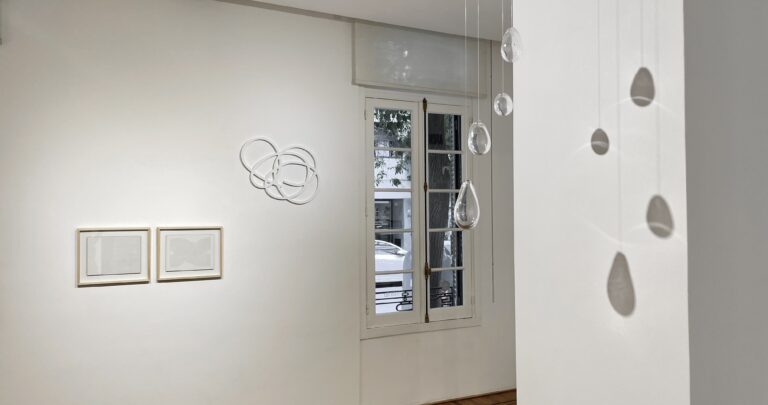
Axel Straschnoy · 02.11.2023 - 29.12.2023
Brave the Heavenly Breezes
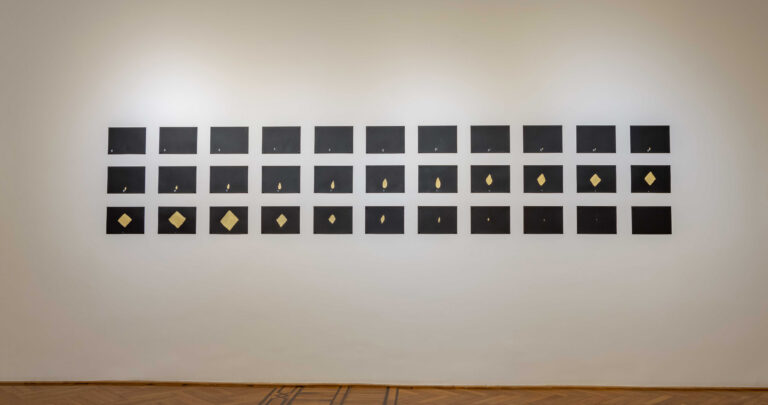
André Komatsu, Enio Iommi, Clorindo Testa · 23.08.2023 - 31.10.2023
Hiato

Mariela Vita · 12.07.2023 - 16.08.2023
GEJIGEJI

Polesello, Aizenbeg, Kosice, Vardanega, Le Parc, Iommi, Puente, Arden Quin, Espinosa, Demarco, Straschnoy, De Volder, Pastorino, Imola, Batistelli, Cabutti, Reyna · 09.02.2023 - 15.03.2023
Eléctrico/ ecléctico
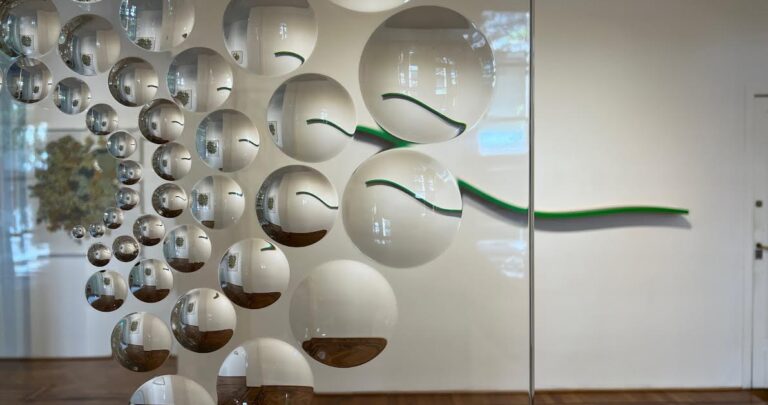
Fabiana Imola & Aníbal Brizuela · 16.09.2022 - 02.12.2022
Inside, the shapes. They move alone
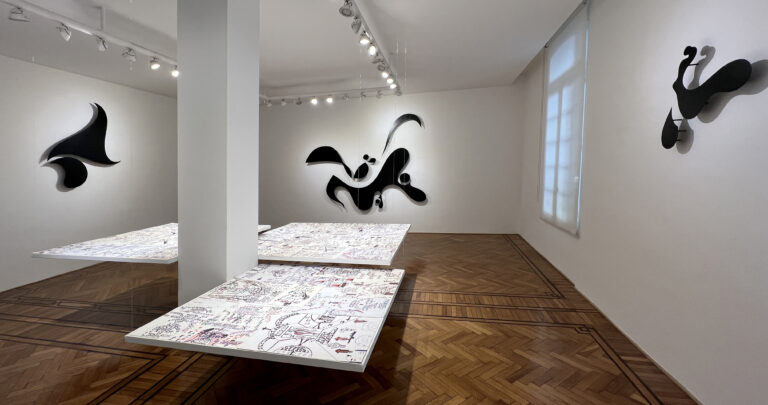
Romina Ressia · 09.06.2022 - 25.08.2022
Grow flowers
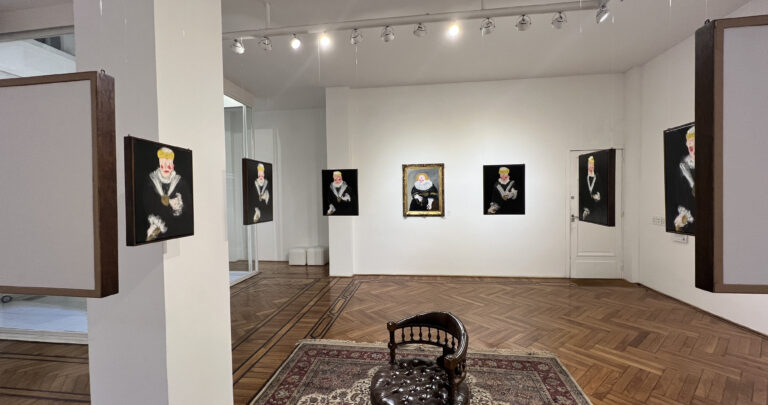
Martín Reyna · 11.03.2022 - 03.06.2022
Color in transit
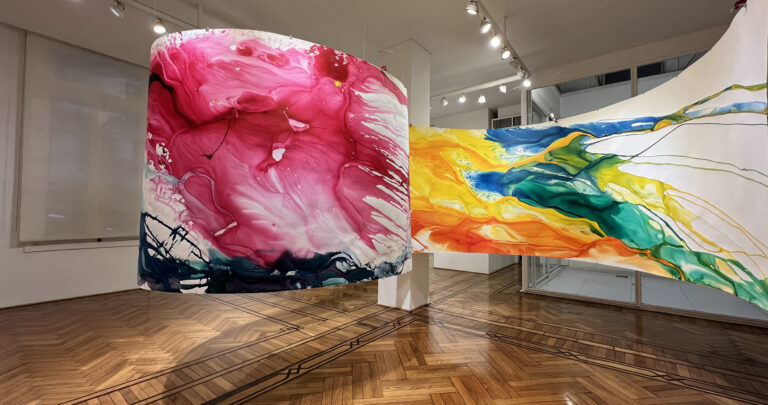
Matilde Marín · 08.02.2022 - 02.03.2022
25FPS

Clorindo Testa · 11.11.2021 - 31.01.2022
Testa, projects and other games

Cabutti, De Volder, Reyna, Imola, Ventoso, Ressia. · 05.10.2021 - 22.10.2021
Group Show 2021 II

Matilde Marín · 23.07.2015 - 21.09.2015
Undetermined landscapes
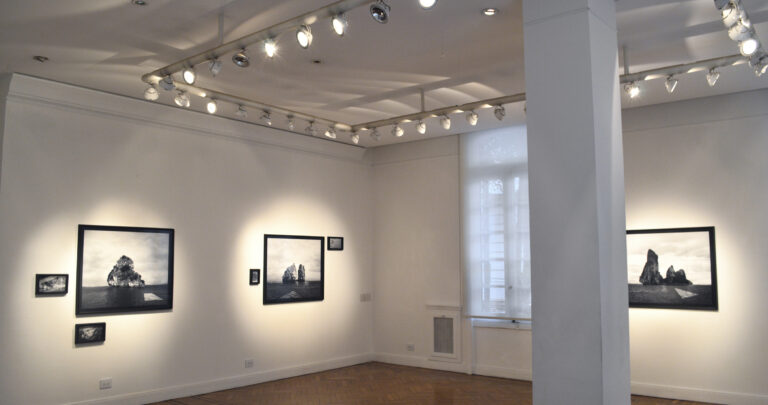
Marcela Cabutti · 16.07.2021 - 22.09.2021
Balcarce, topographic memories of a landscape

Benito Laren · 12.05.2012 - 22.06.2012
Casino
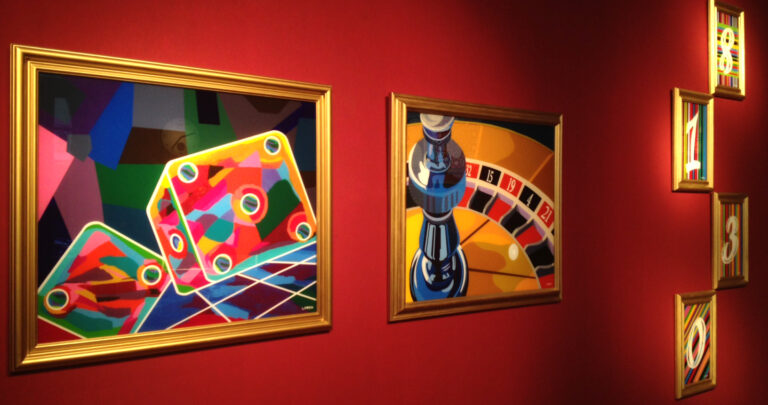
Lila Siegrist · 26.06.2012 - 27.08.2012
Vikinga Criolla
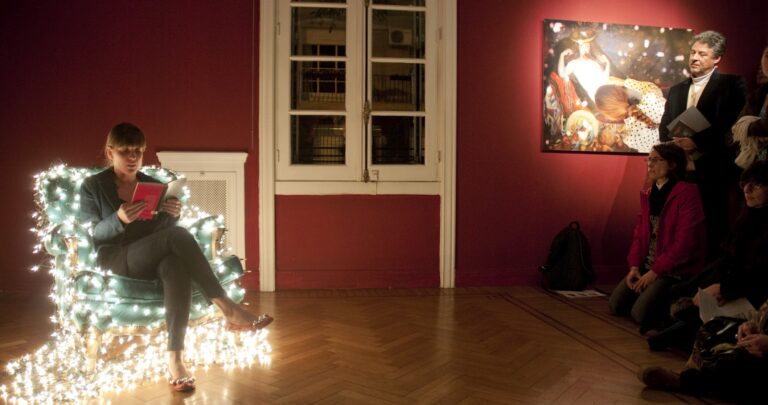
Cárdenas, Imola, Marin, Res, Sommerfelt, Ventoso · 10.08.2012 - 11.10.2012
Morphological confrontations
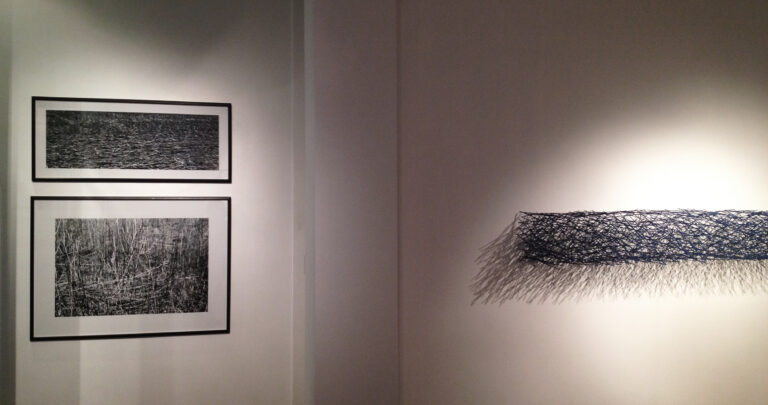
Martin Reyna · 20.09.2012 - 20.11.2012
Reyna in the horizon of color
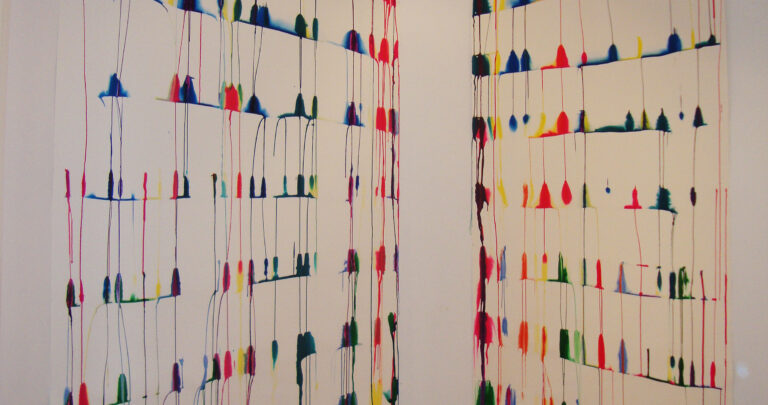
Romina Orazi · 04.12.2012 - 04.02.2013
Subject to infinite division
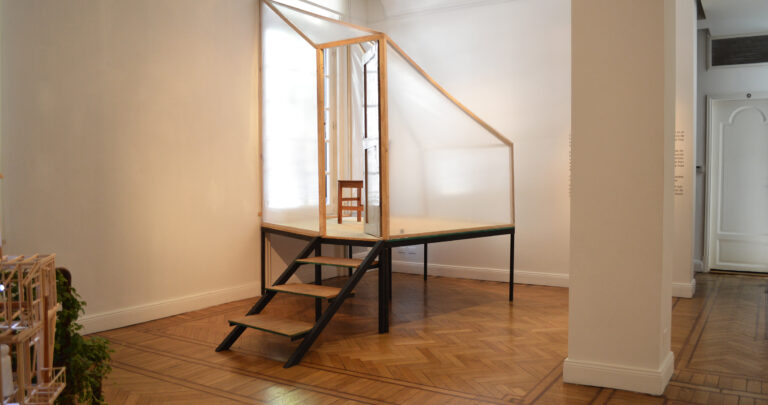
Aizenberg, Boto, Espinosa, Iommi, Lozza, Le Parc, Kosice, Silva, Tomasello, Vardánega · 01.06.2013 - 31.07.2013
Dimensional
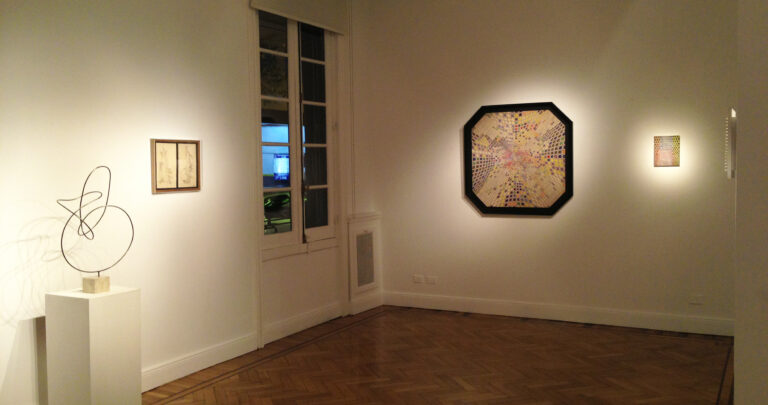
Antoniadis, Marín · 07.09.2013 - 07.11.2013
Double contrast
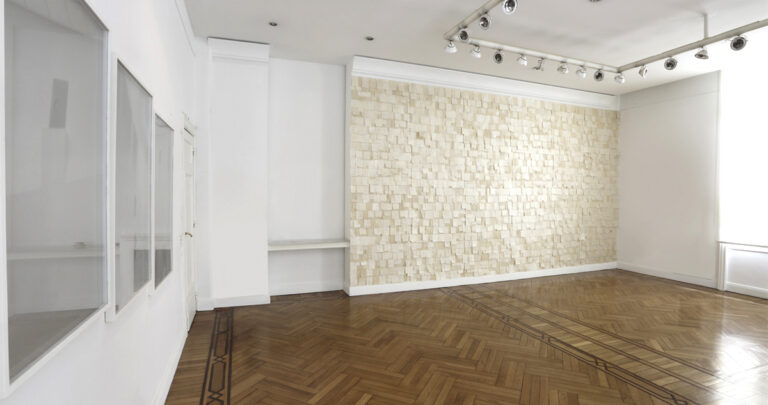
Andrés Sobrino · 28.03.2013 - 30.05.2013
Andrés Sobrino

Antoniadis, Cabutti, Laren, Reyna, Florido, Sobrino, Straschnoy, Tarazona, Ventoso · 20.12.2013 - 15.02.2014
Universus

Elena Dahn · 25.03.2014 - 26.05.2014
Elena Dahn

Marcela Cabutti · 15.07.2014 - 15.09.2014
Finding meaning through shapes

Axel Straschnoy · 12.11.2014 - 19.01.2015
La Figure de la Terre
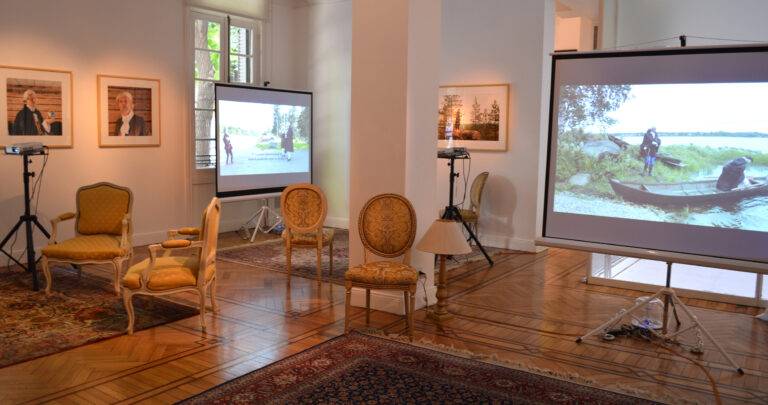
Fusilier, León, Quesada Pons y Vega · 15.03.2015 - 30.04.2015
Limbo

Luciana Levington · 28.05.2015 - 24.07.2015
Luciana Levinton

Leo Battitelli · 12.11.2015 - 12.01.2016
Gargalhadas

Hasper, Scafati · 10.02.2016 - 11.04.2016
Womens’ double
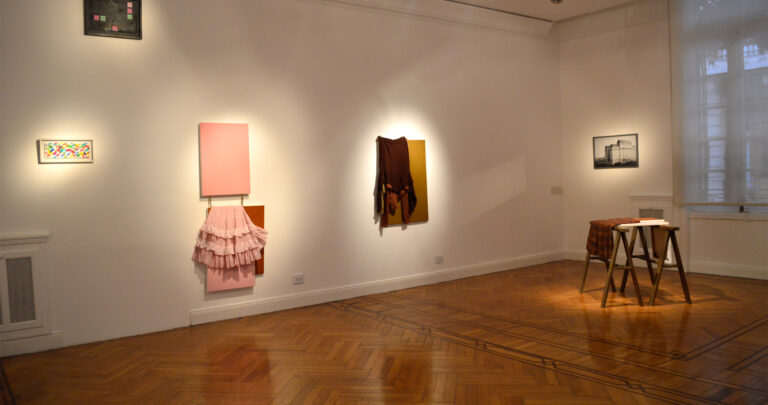
Axel Straschnoy · 12.05.2016 - 13.06.2016
Today, great tomorrow!, in the pines wind blows from the past.
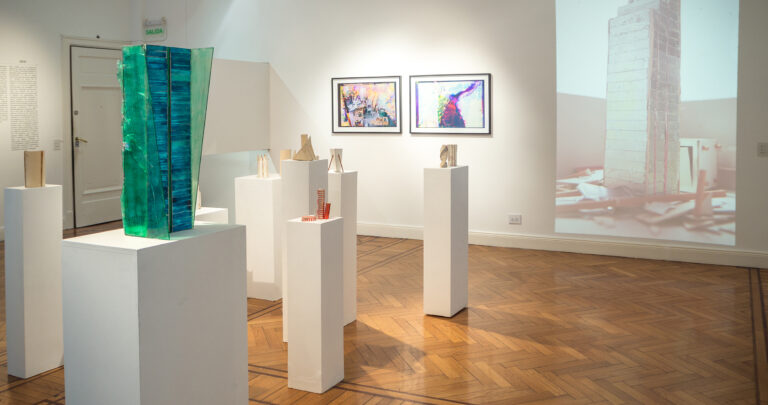
Arden Quin, Boto, Demarco, Espinosa, Iommi, Le Parc, Lozza, Polesello, Puente, Silva, Testa, Tomasello · 07.06.2016 - 05.08.2016
Masters of the avant-garde

De Volder, Sobrino · 11.08.2016 - 10.10.2016
Andres Sobrino and Beto De Volder

Battistelli, Cabutti, Cacchiarelli, Sobrino, De Volder · 02.01.2017 - 28.02.2017
2017 Group Show

Fabiana Imola · 28.02.2017 - 14.04.2017
The forest, the rain and other scenes
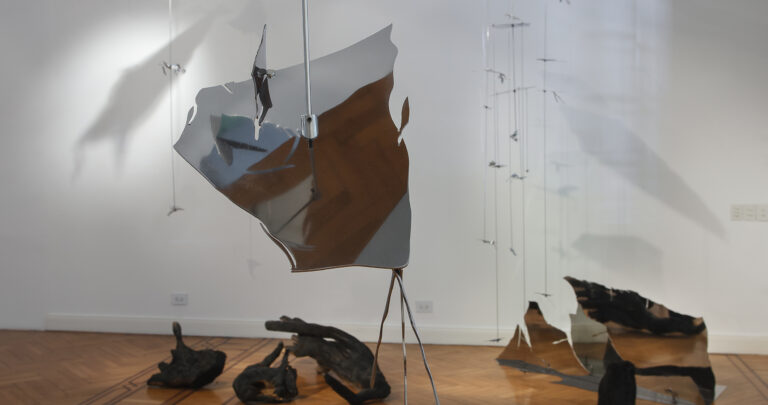
Alberto Heredia · 06.09.2017 - 11.10.2017
Alberto Heredia

Federico Manuel Peralta Ramos · 31.10.2017 - 29.12.2017
Federico Manuel Peralta Ramos
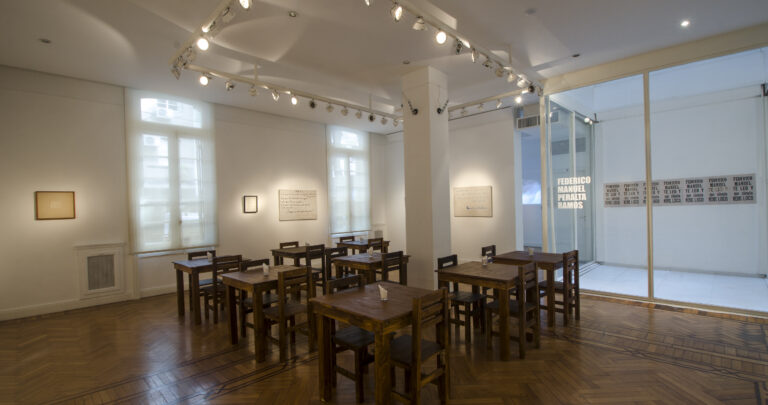
Marcela Cabutti · 10.11.2017 - 31.01.2018
About the effective distance between objects

Luciana Rondolini · 15.02.2018 - 15.04.2018
End
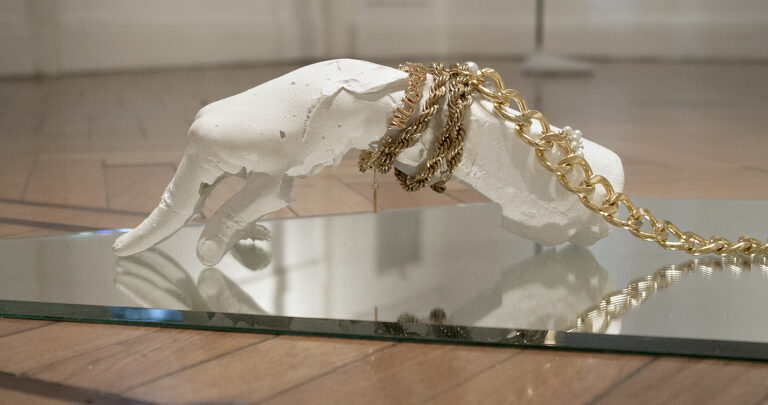
Estanislao Florido · 27.04.2018 - 01.07.2018
The disenchanted object

Battistelli, Cabutti, Marín, Straschnoy, Ventoso, De Volder · 06.07.2018 - 31.08.2018
2018 Group Show

Rogelio Polesello · 06.09.2018 - 20.12.2018
Vortex

Cabutti, Imola, Marín, Reyna, Rondolini, Straschnoy, De Volder · 27.02.2019 - 03.04.2019
2019 Group Show

Alberto Greco · 04.04.2019 - 31.08.2019
The bad handwriting
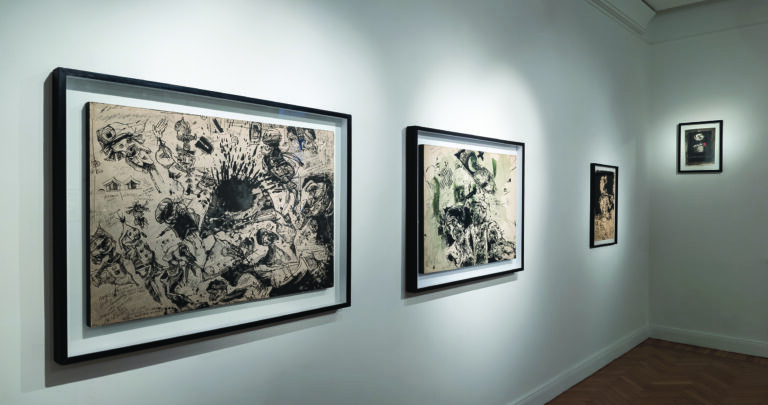
Matilde Marín · 25.09.2019 - 31.12.2019
As the blue smoke of Ítaca is spotted

Esteban Pastorino · 10.09.2020 - 29.01.2021
Pastorino
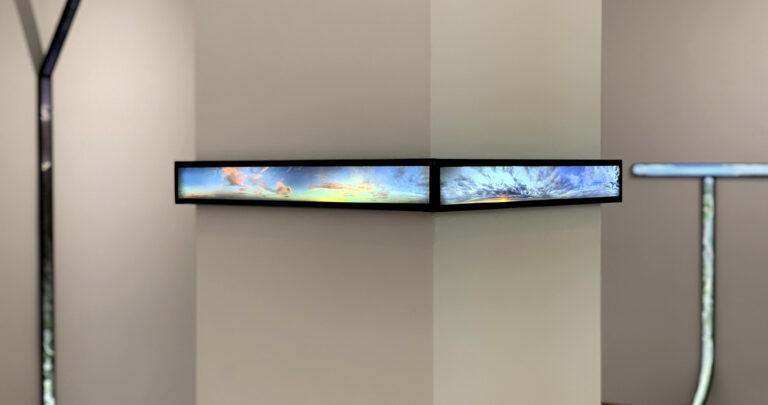
Marín, Imola, De Volder, Reyna, Florido, Straschnoy, Pastorino · 08.02.2021 - 01.04.2021
2021 Group Show
